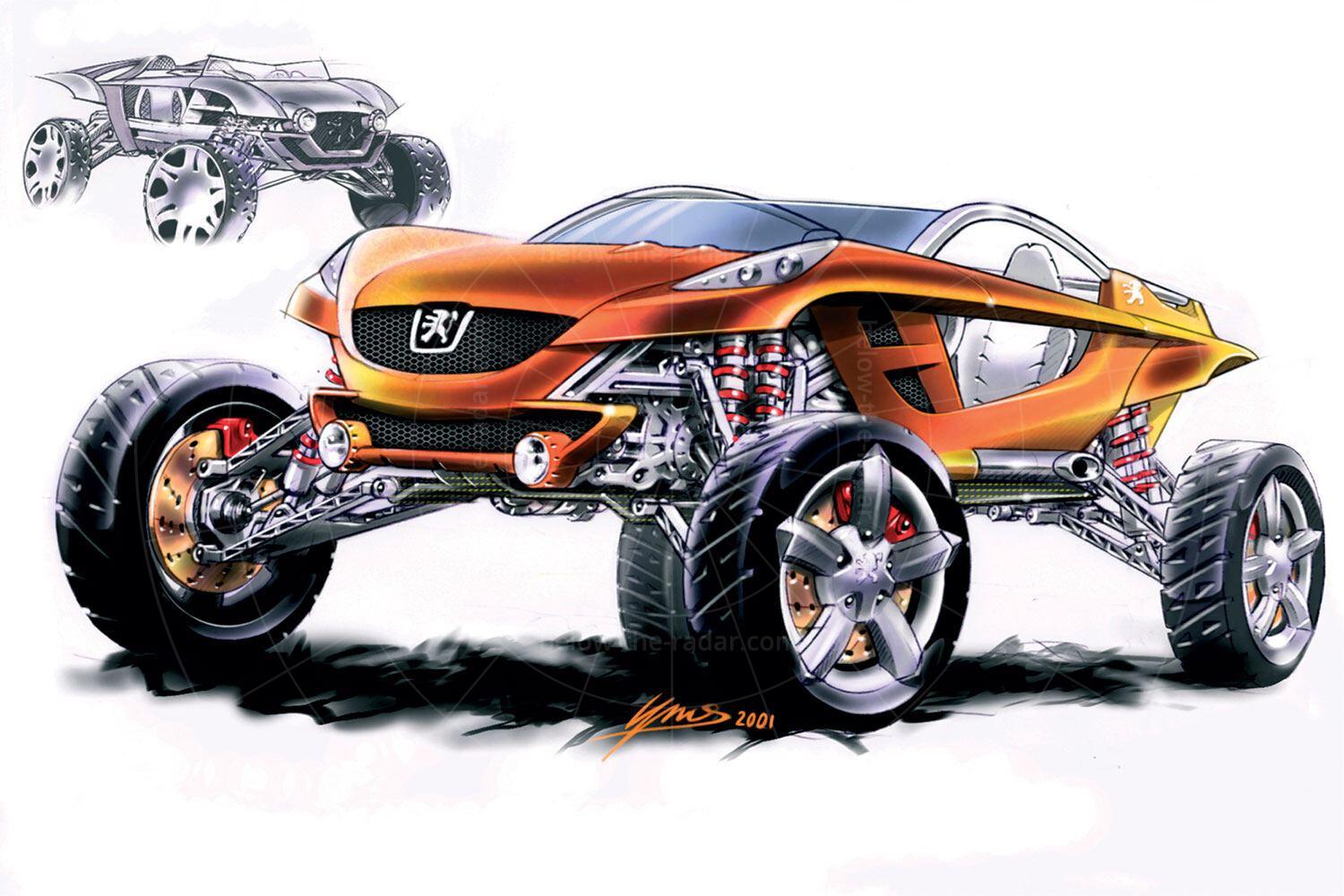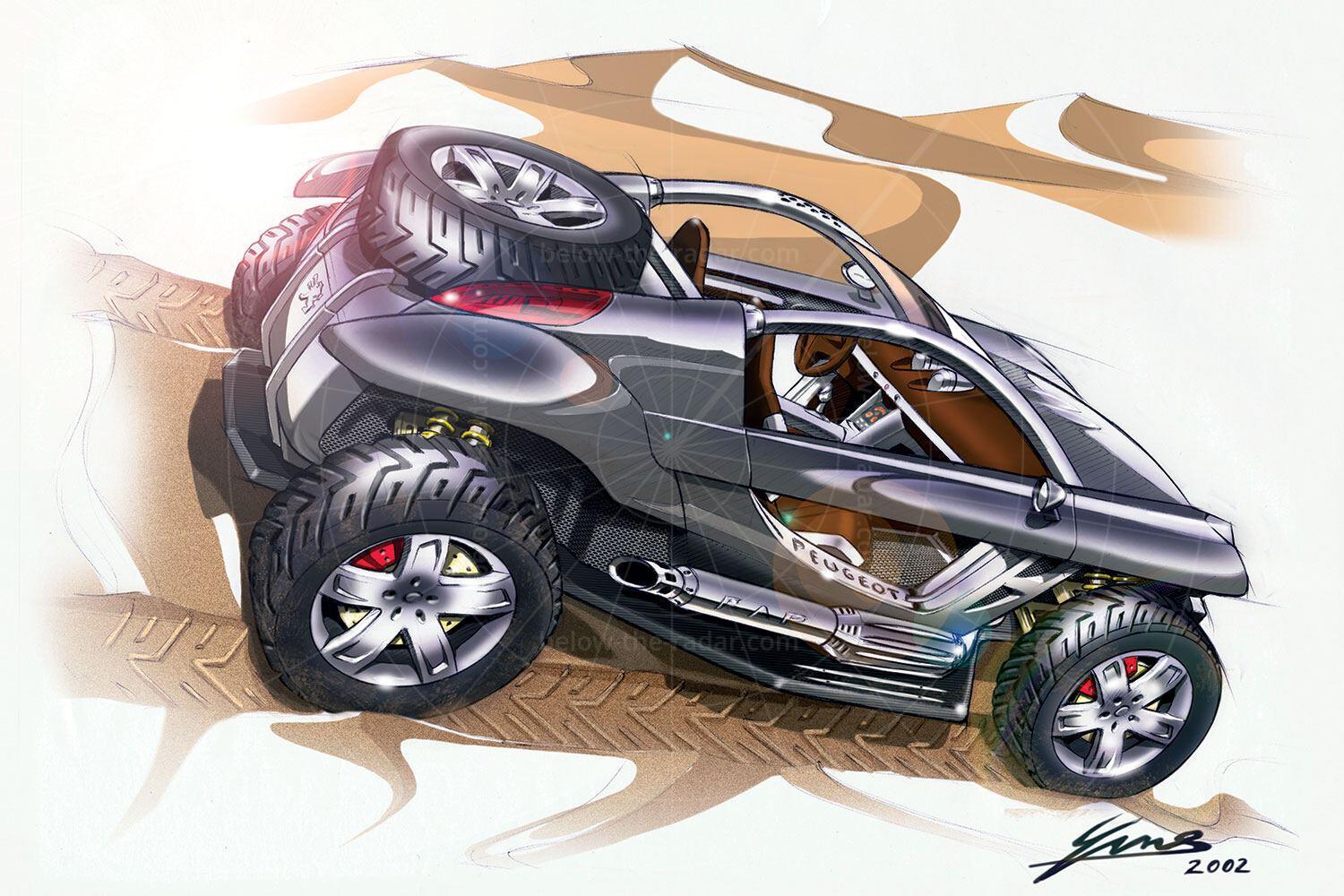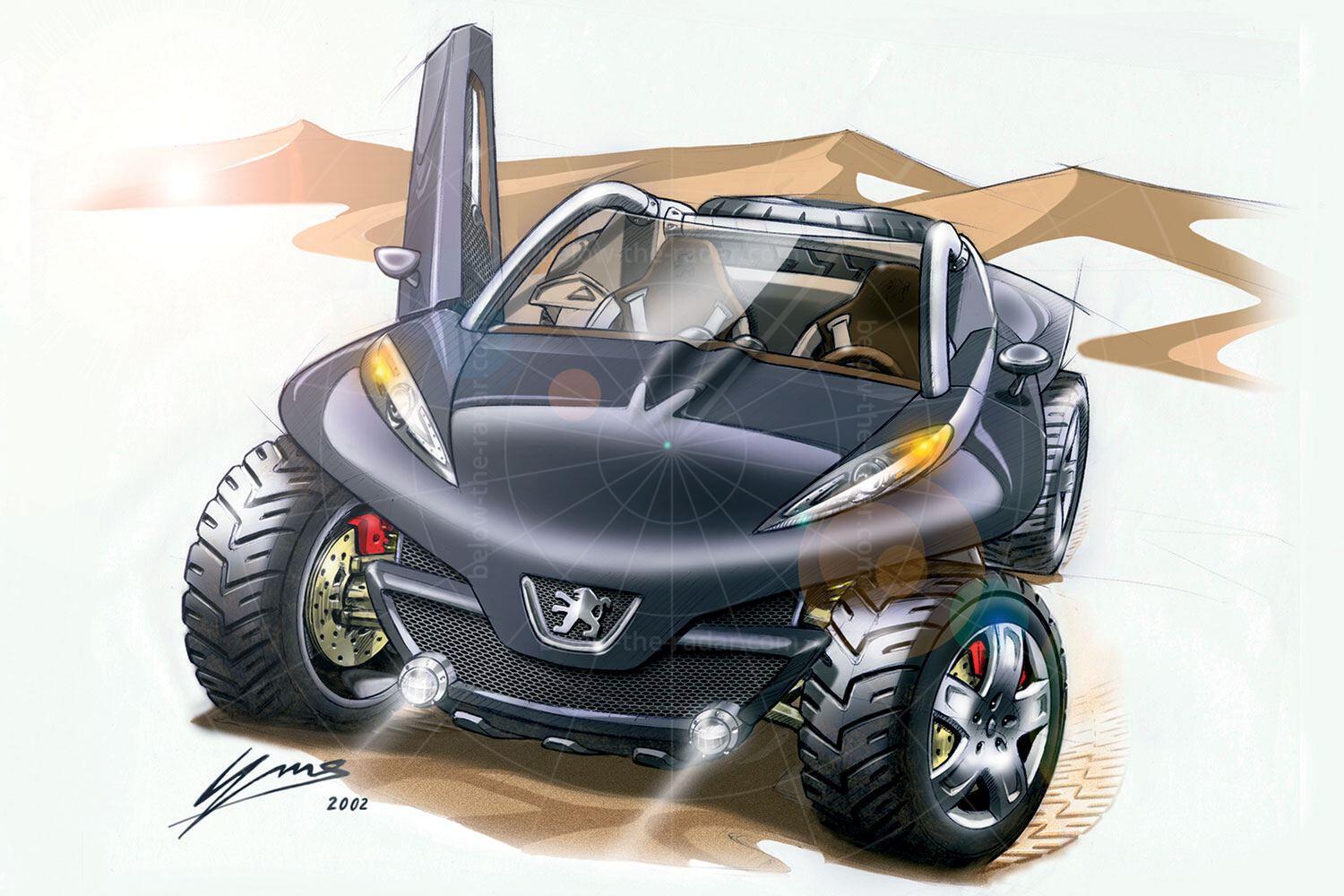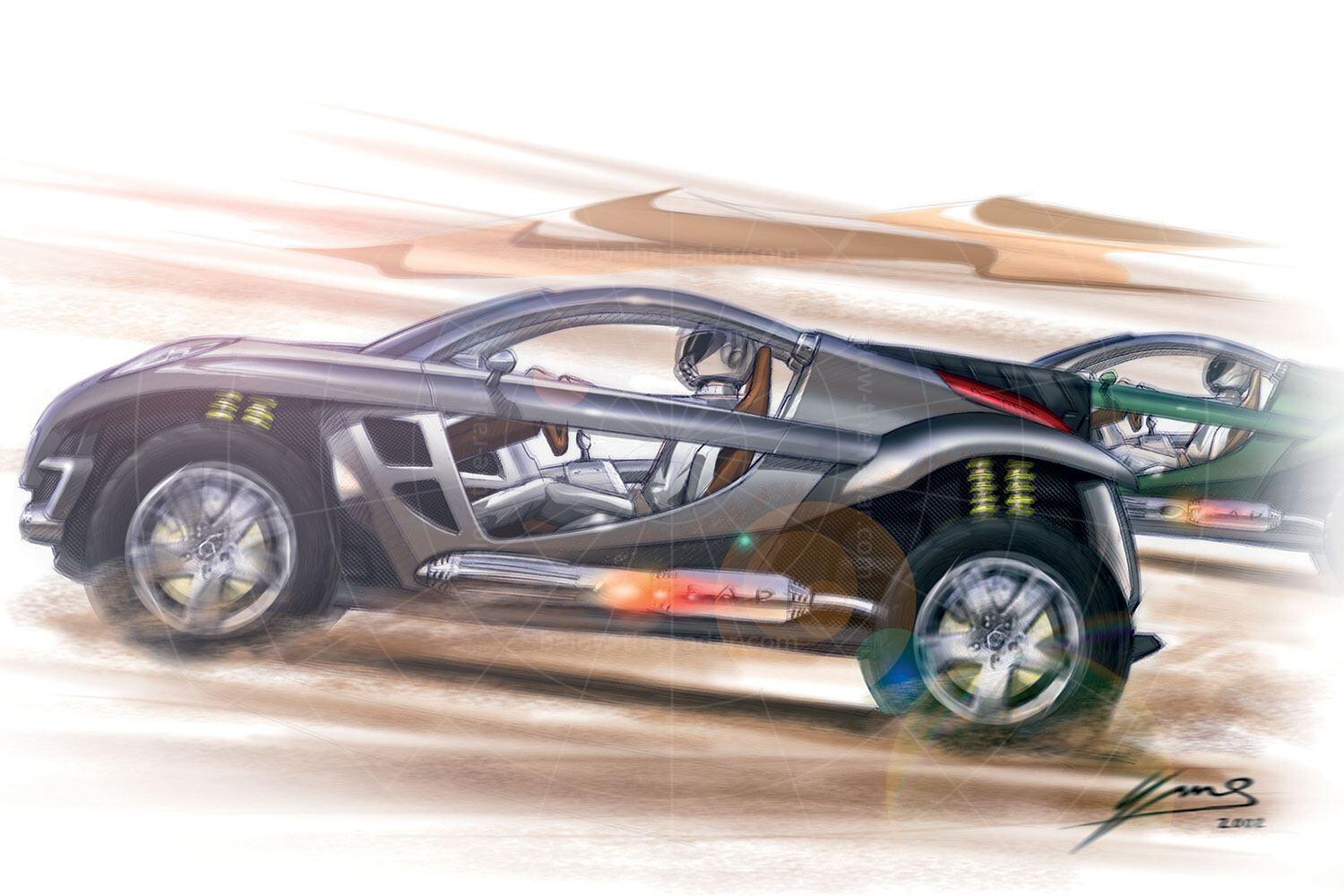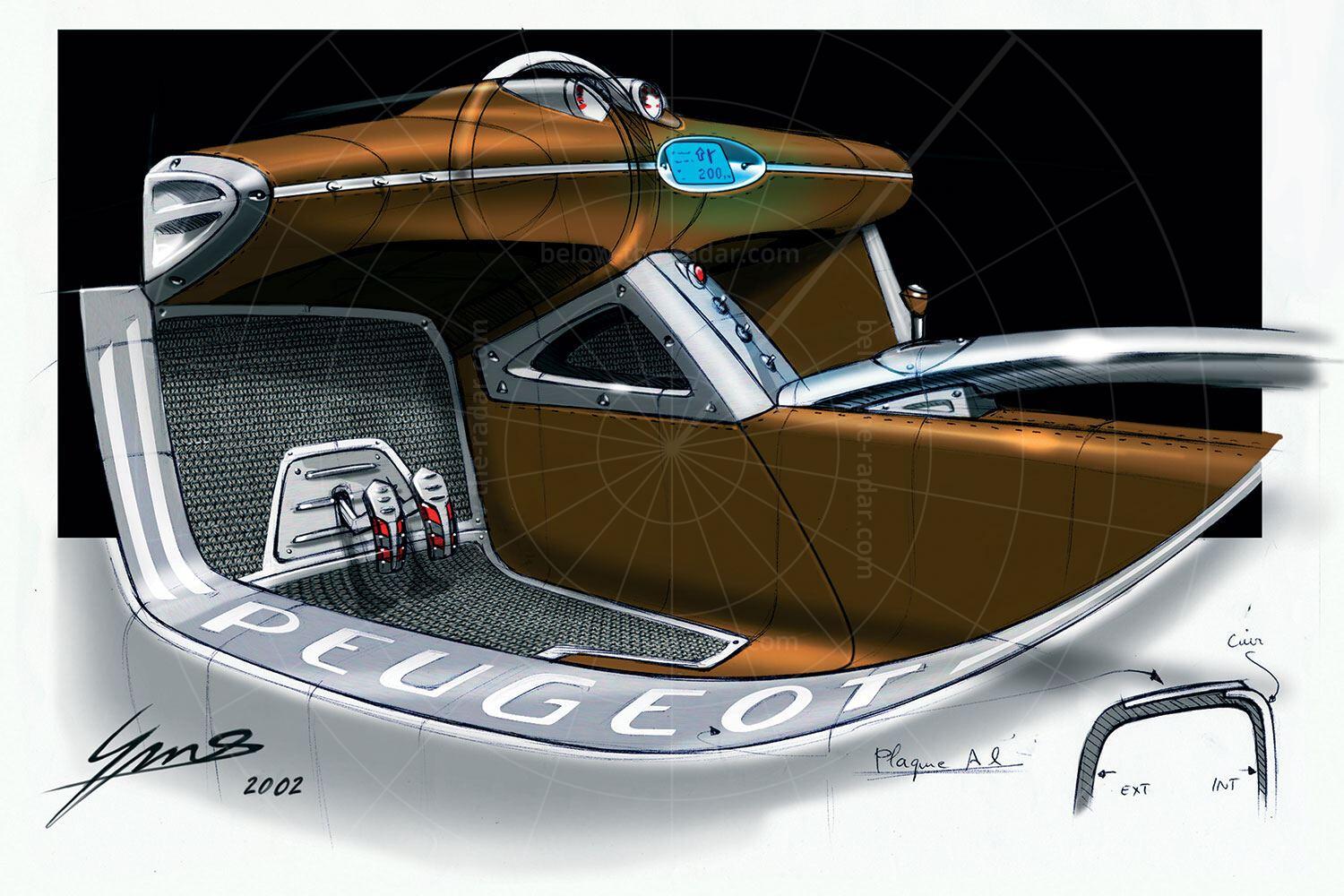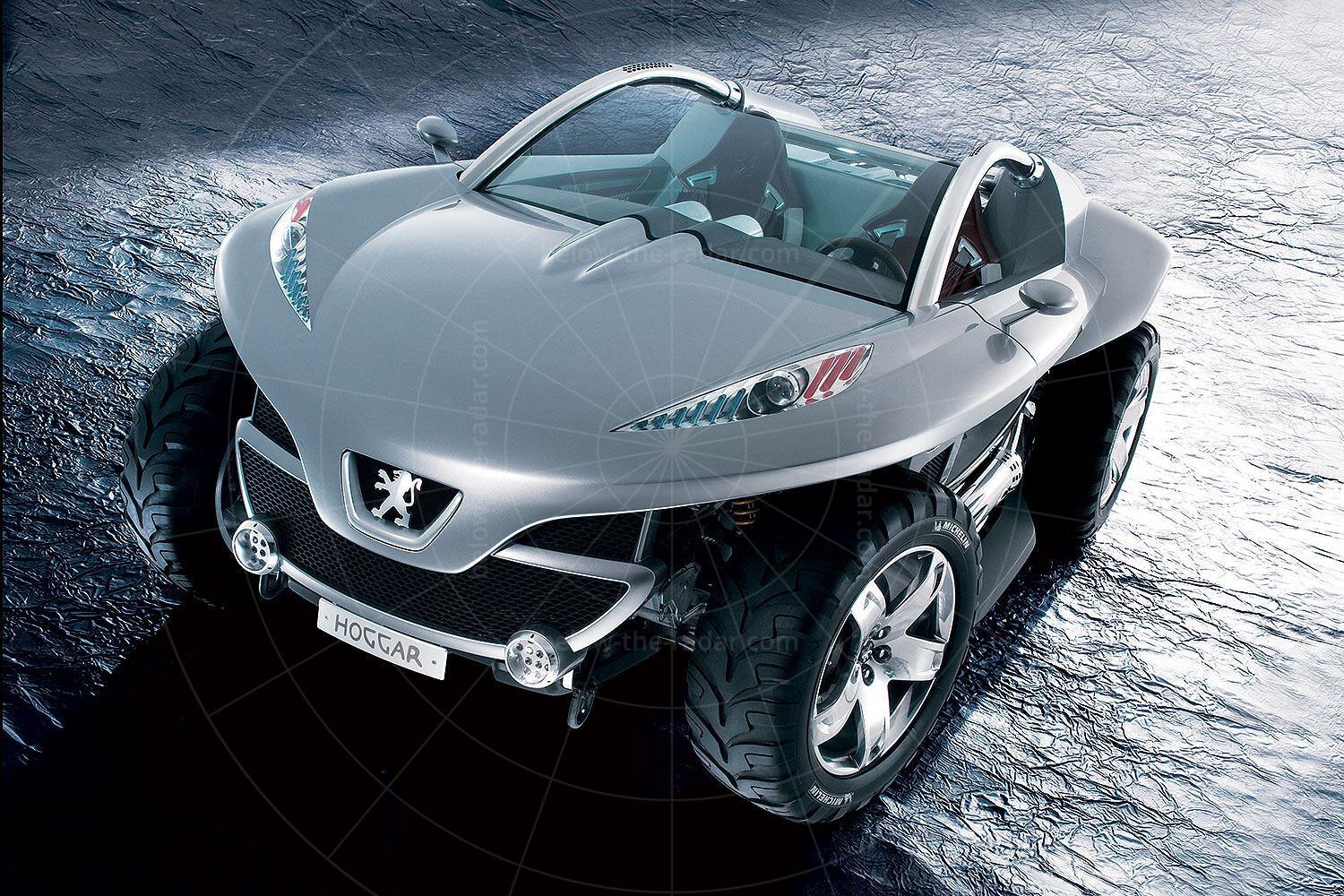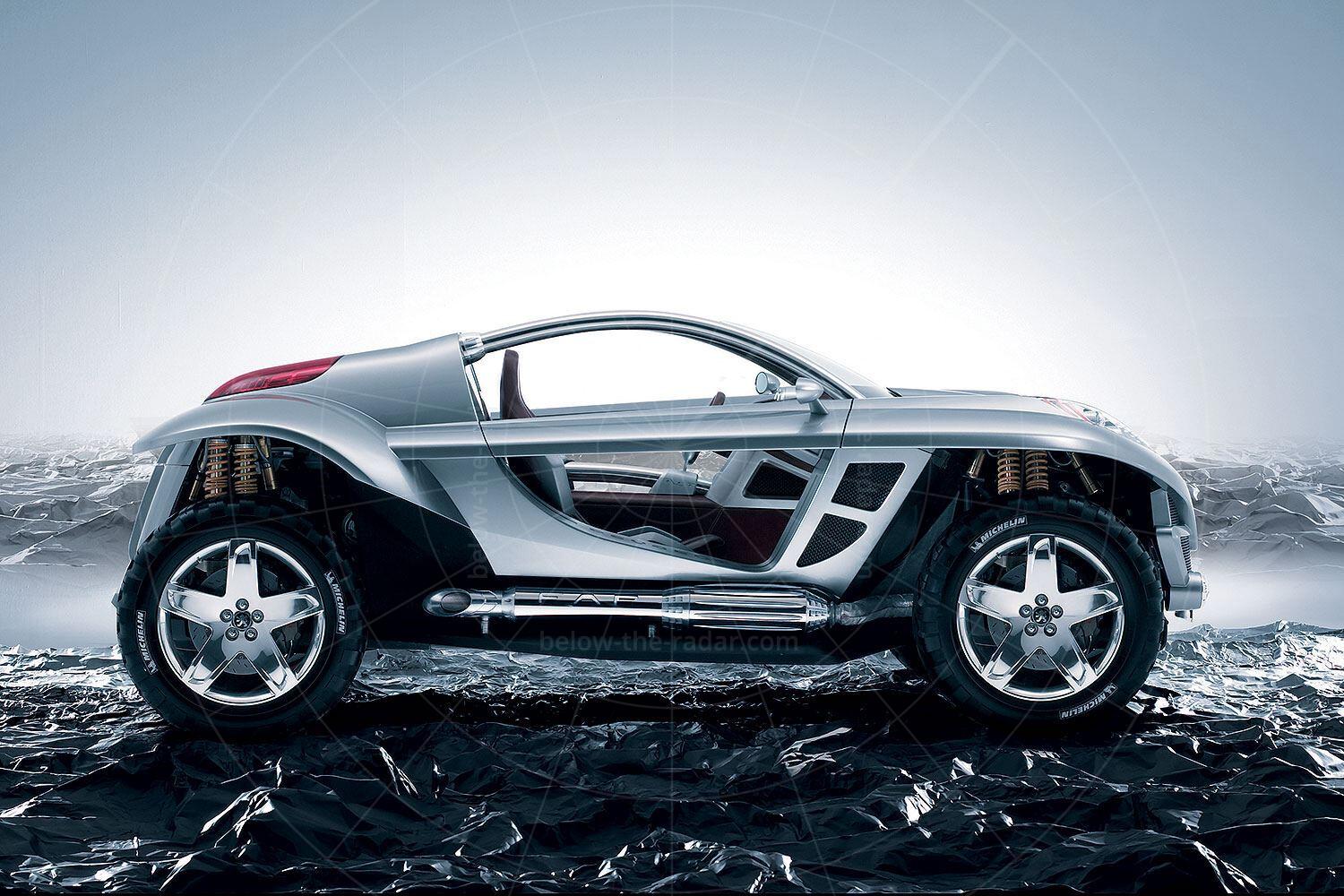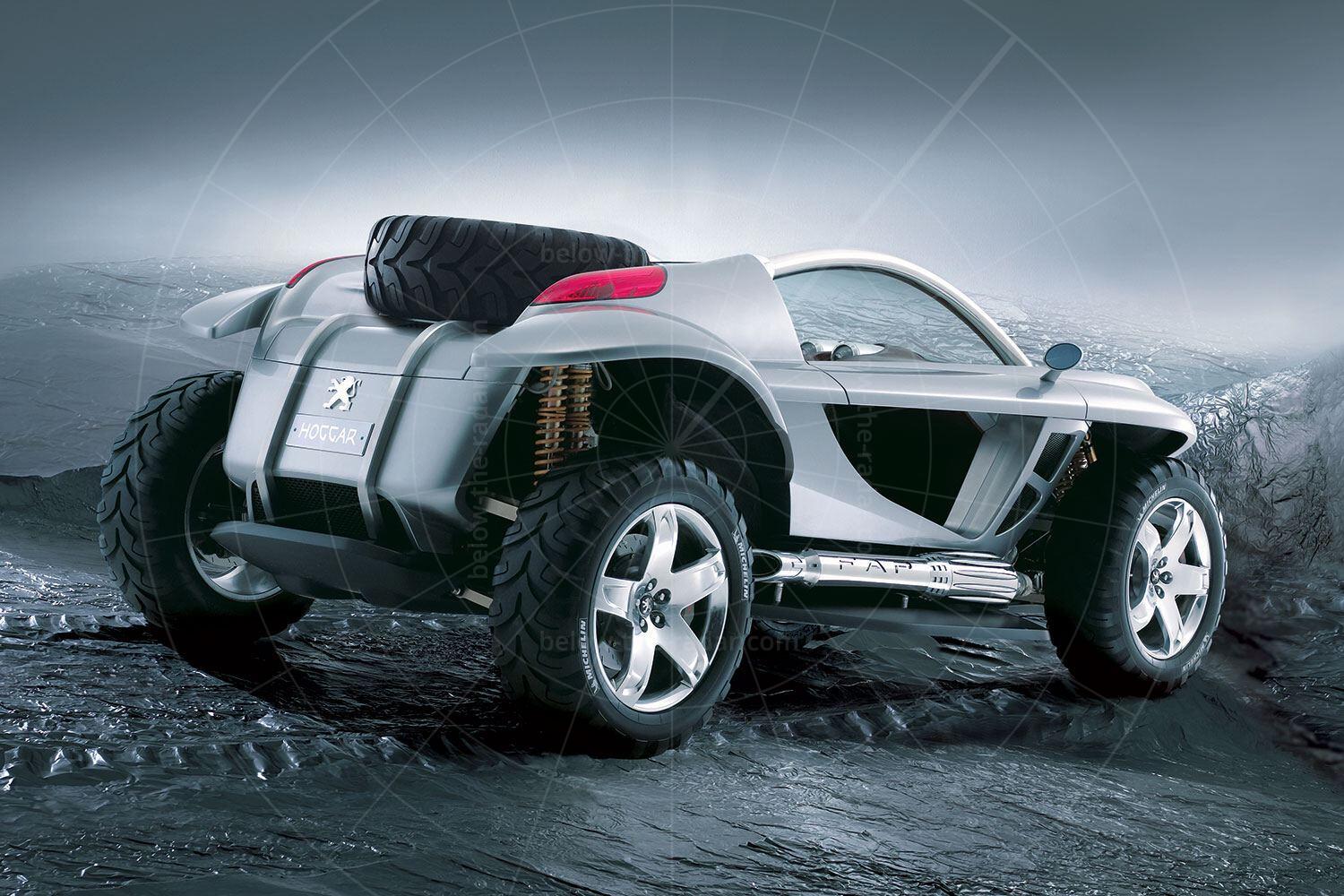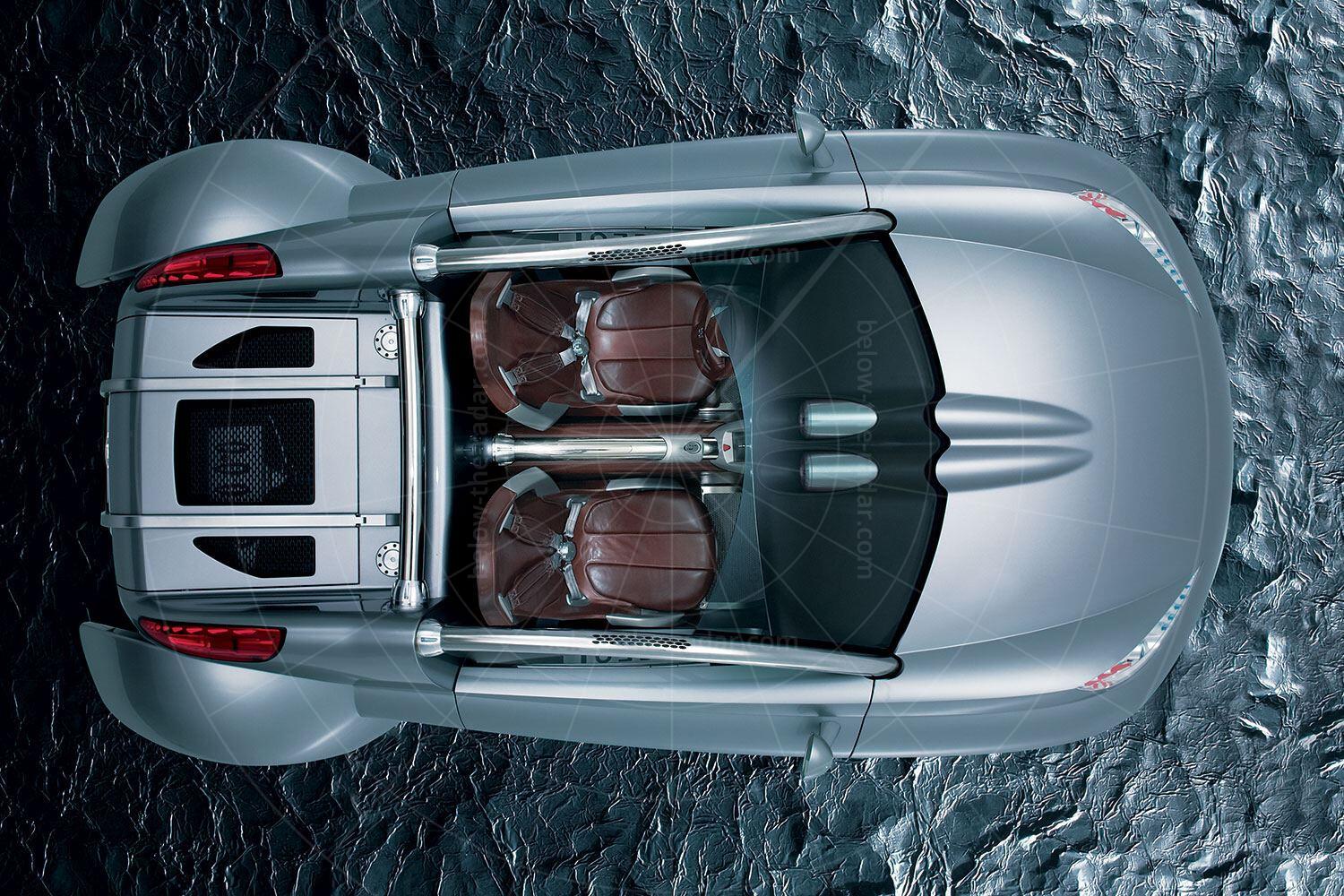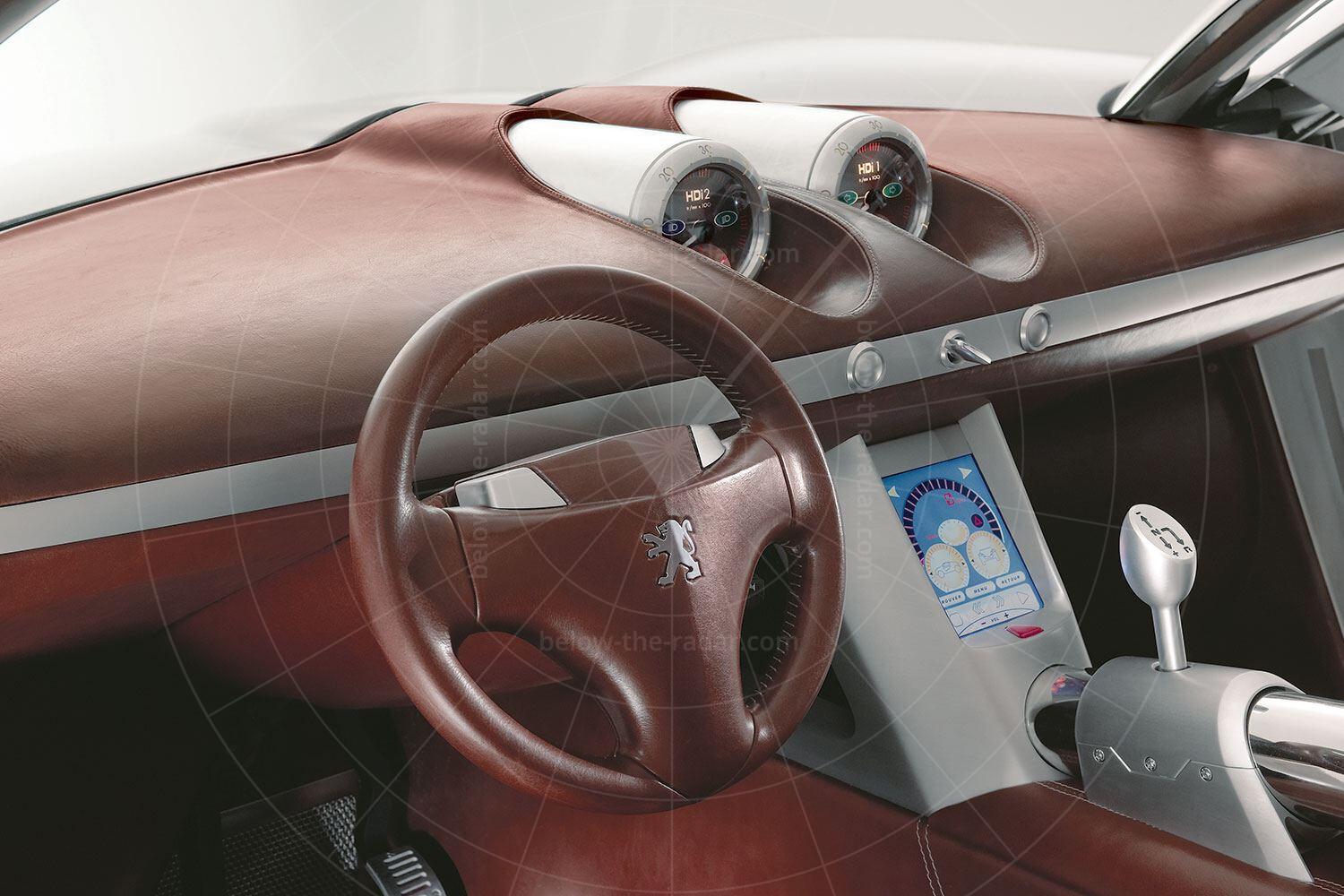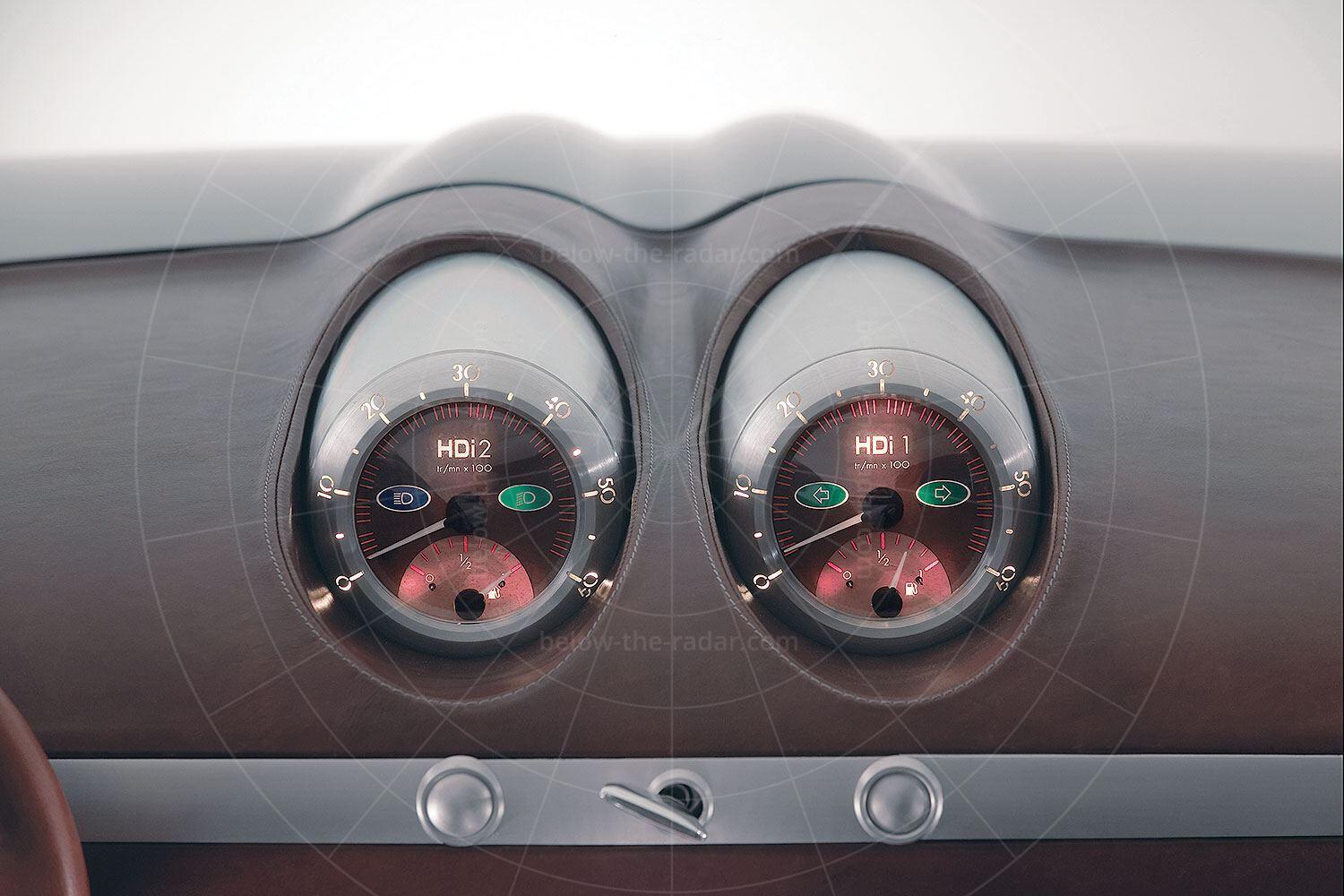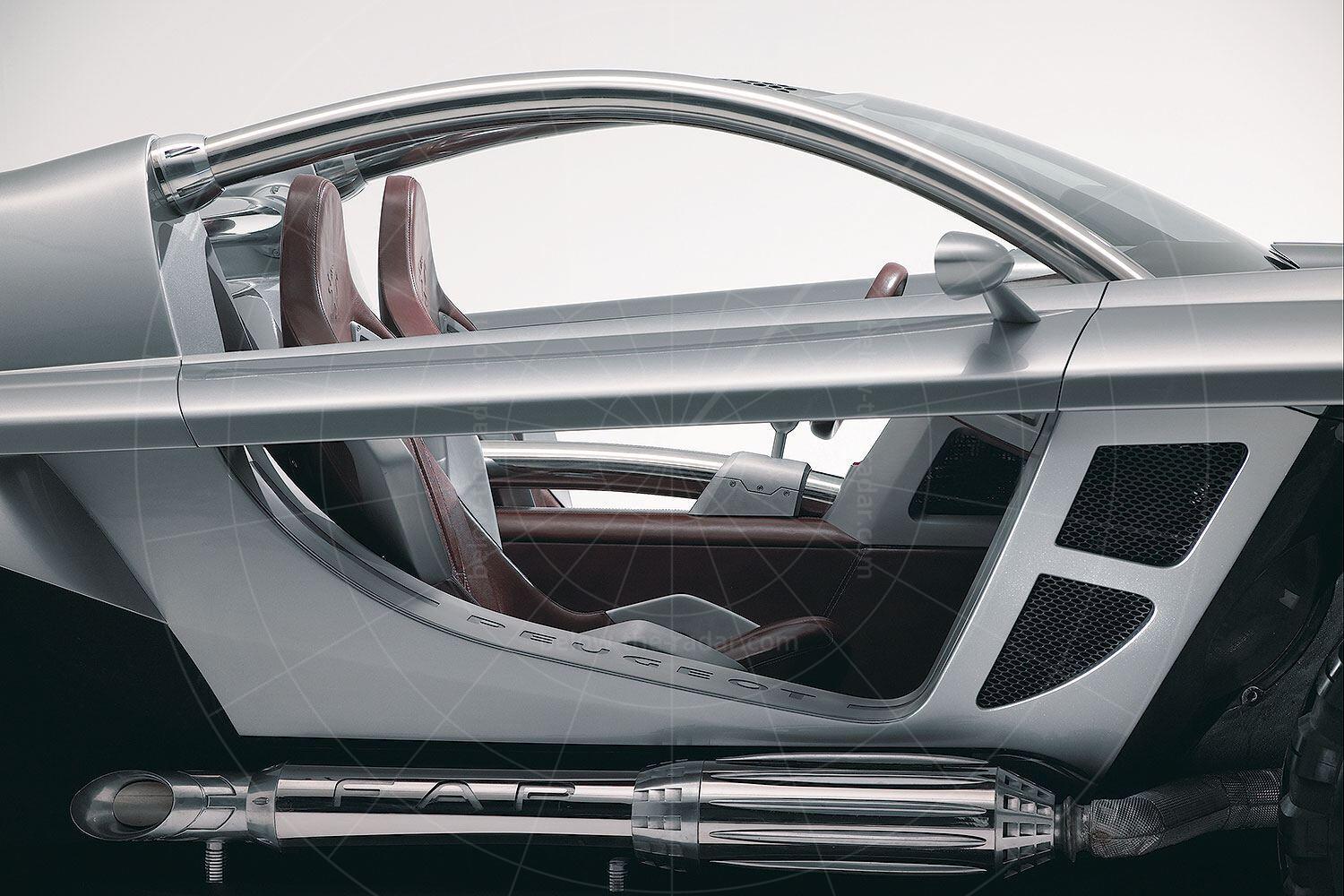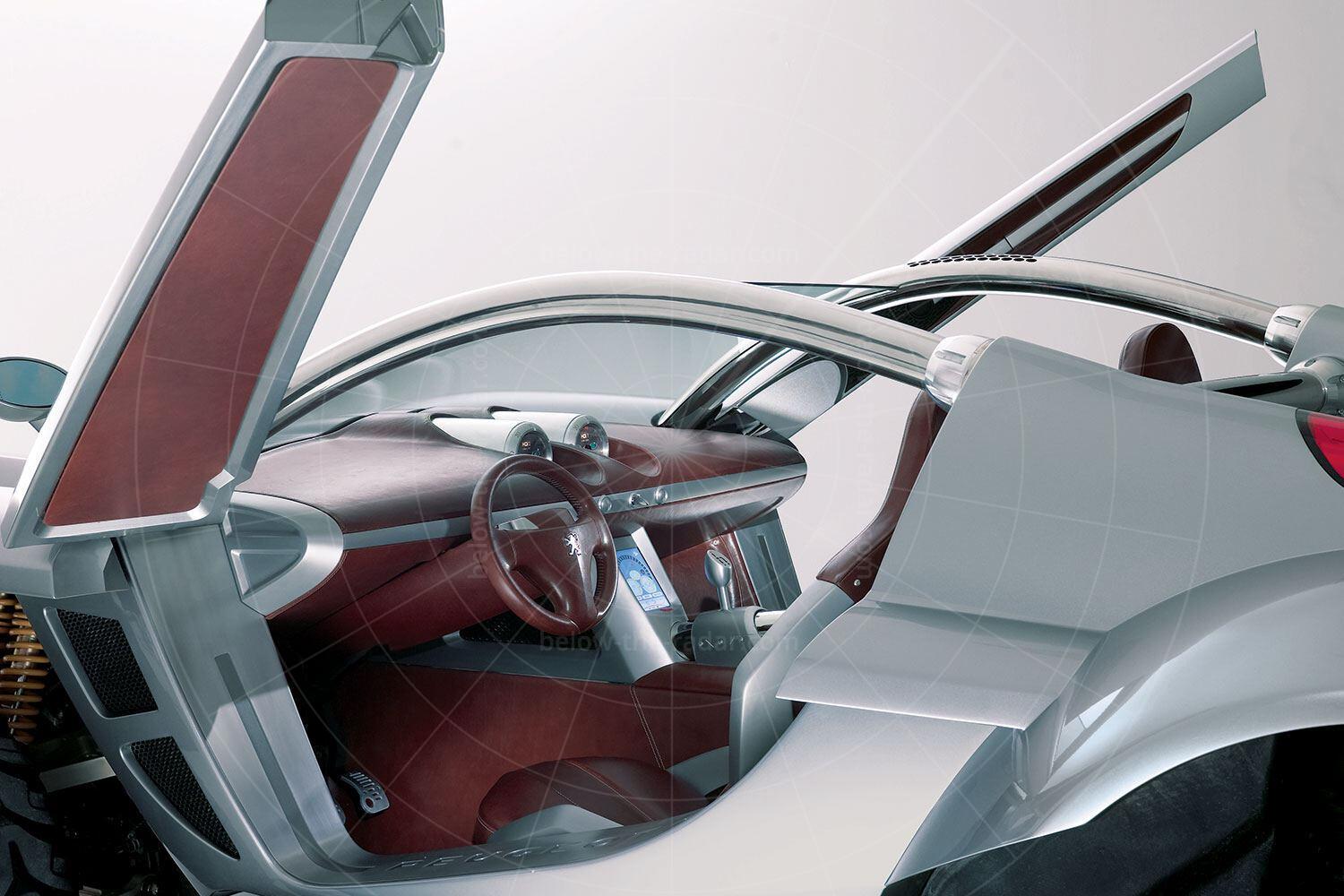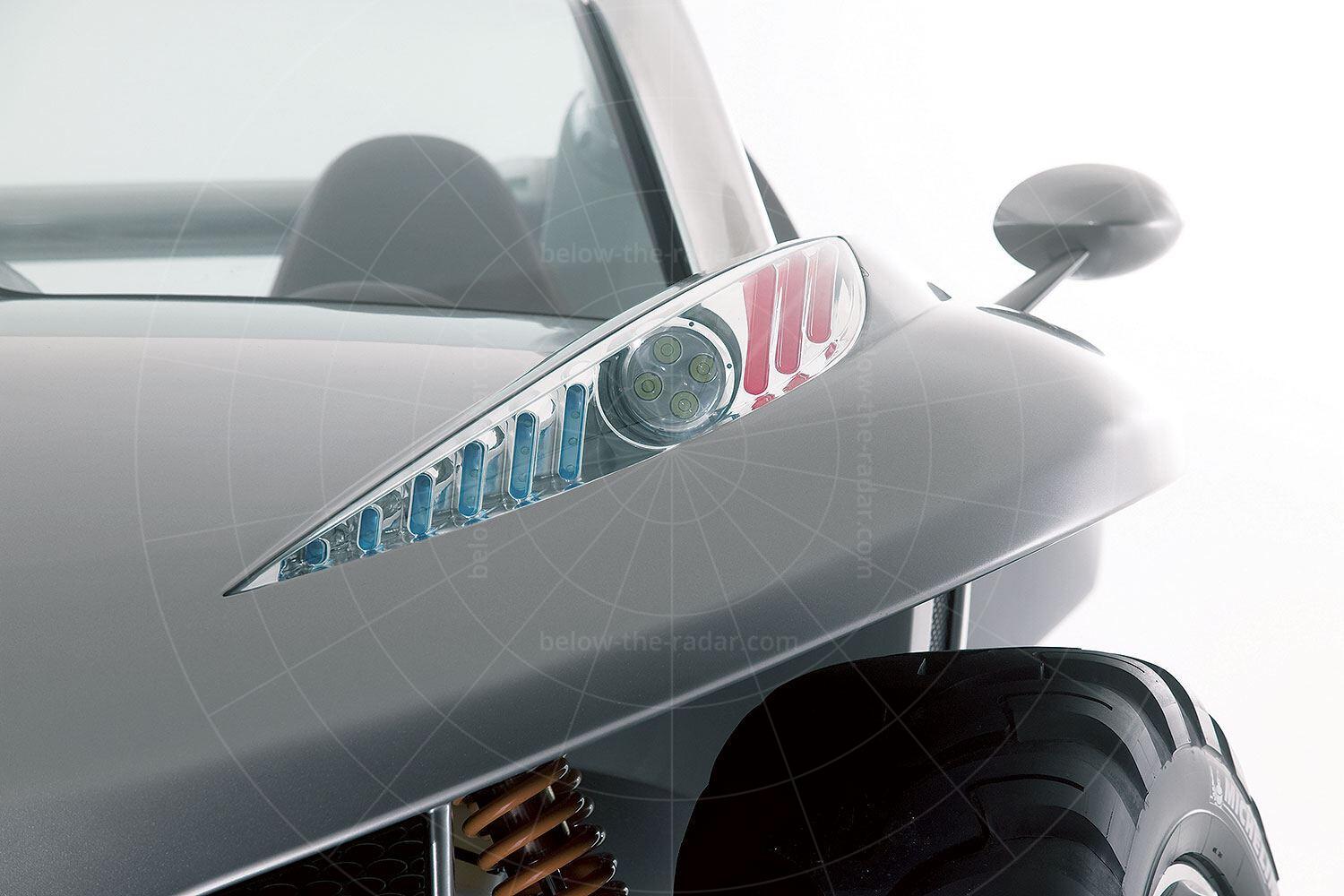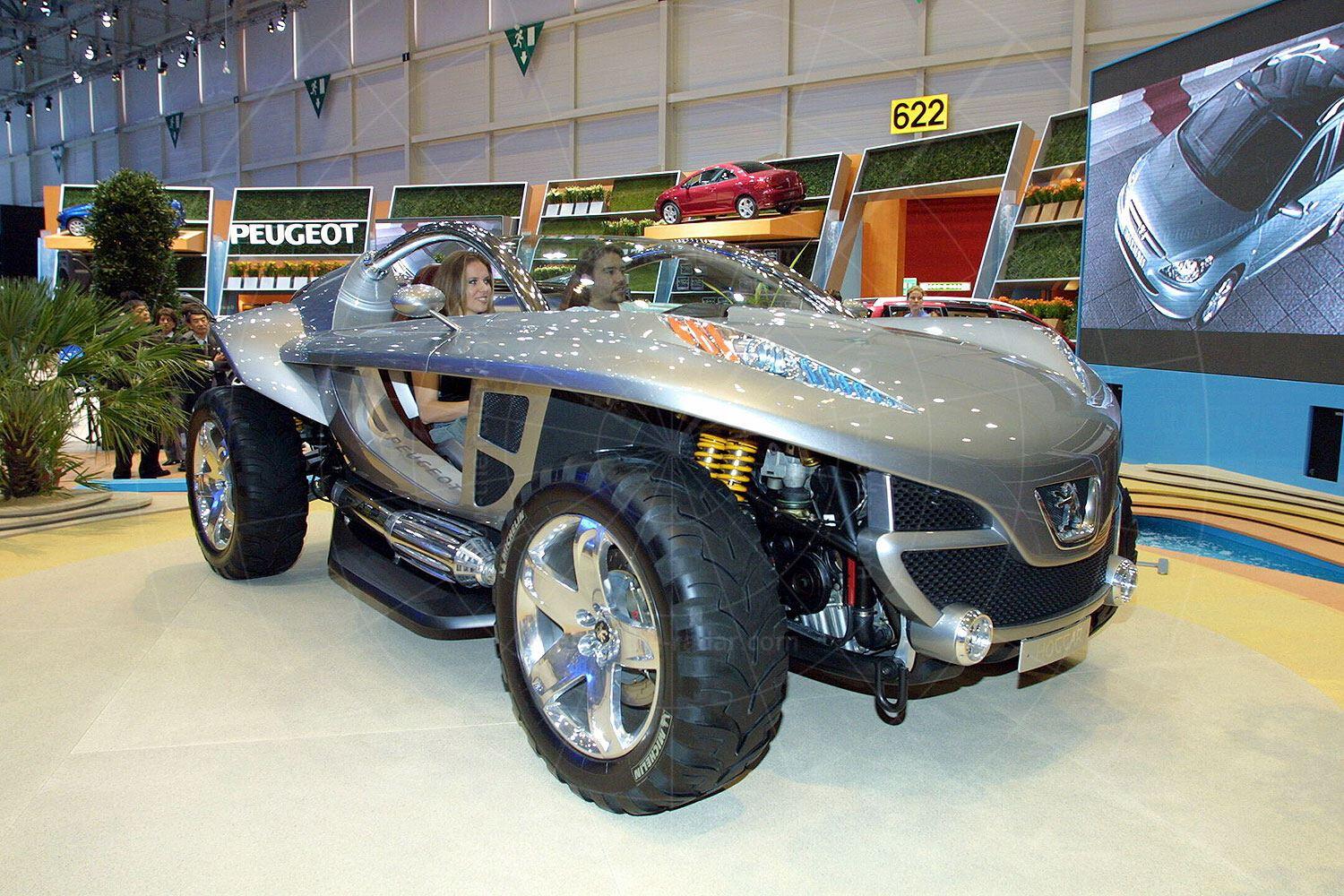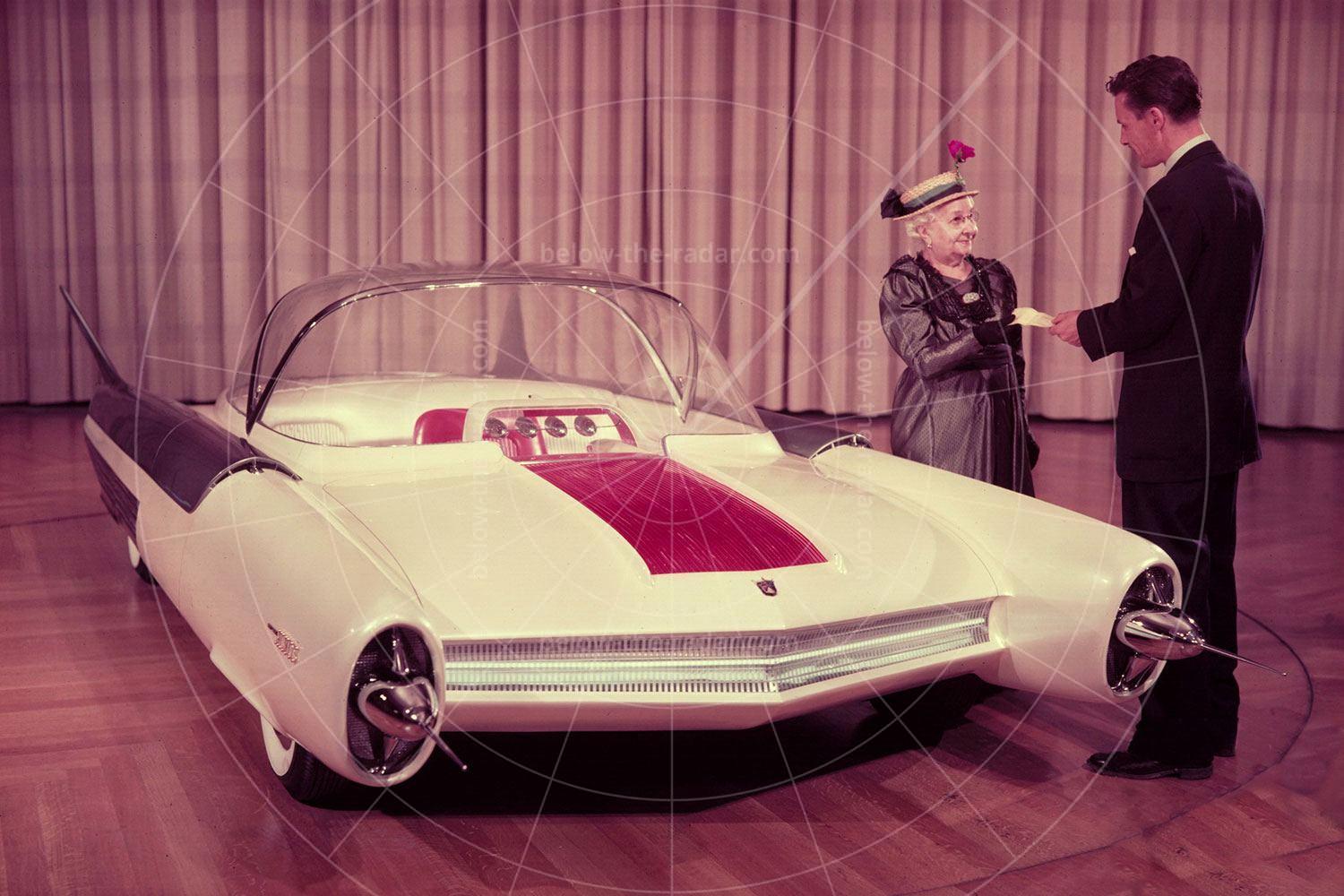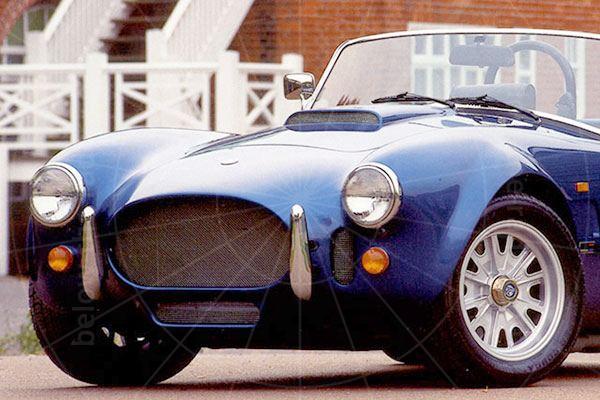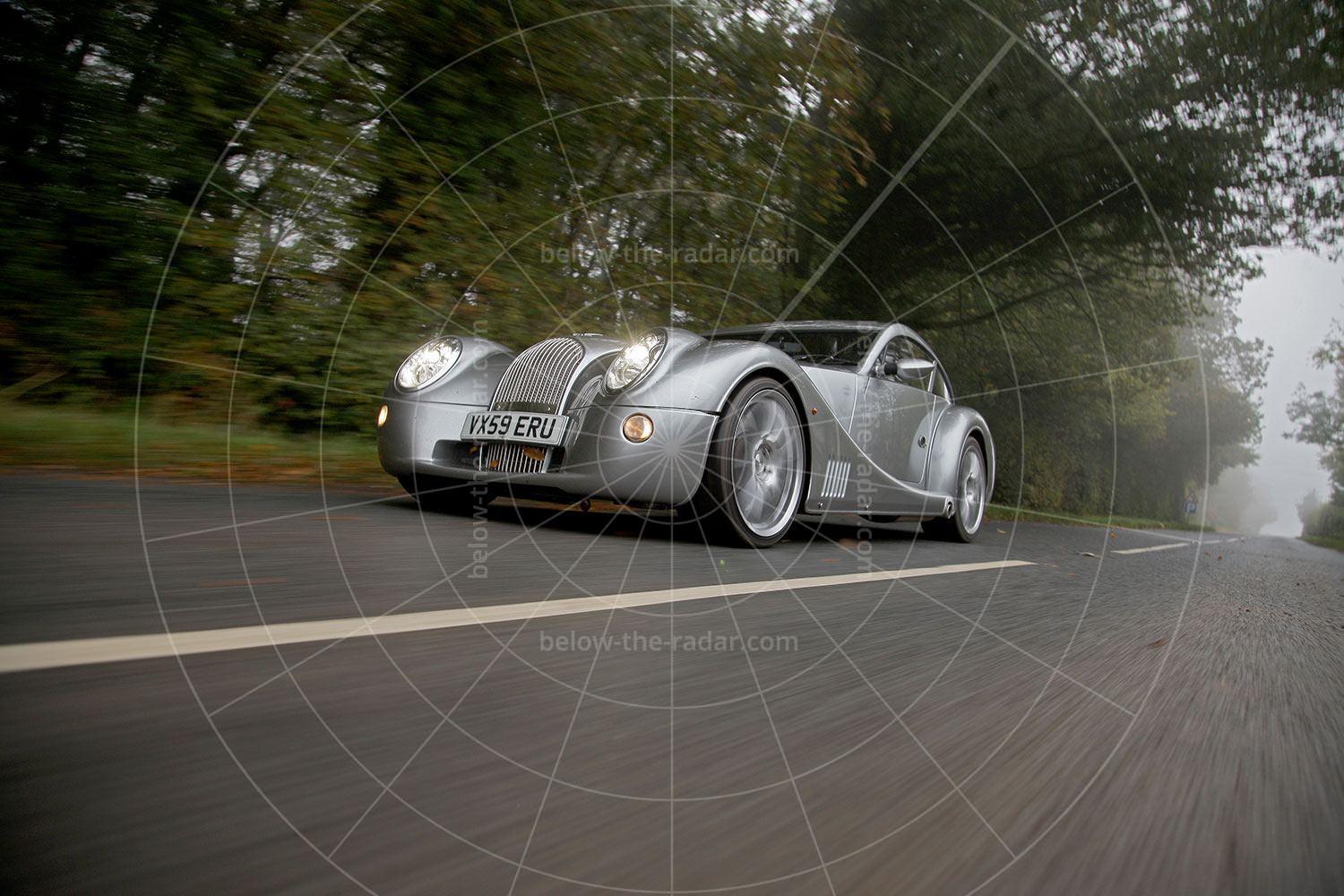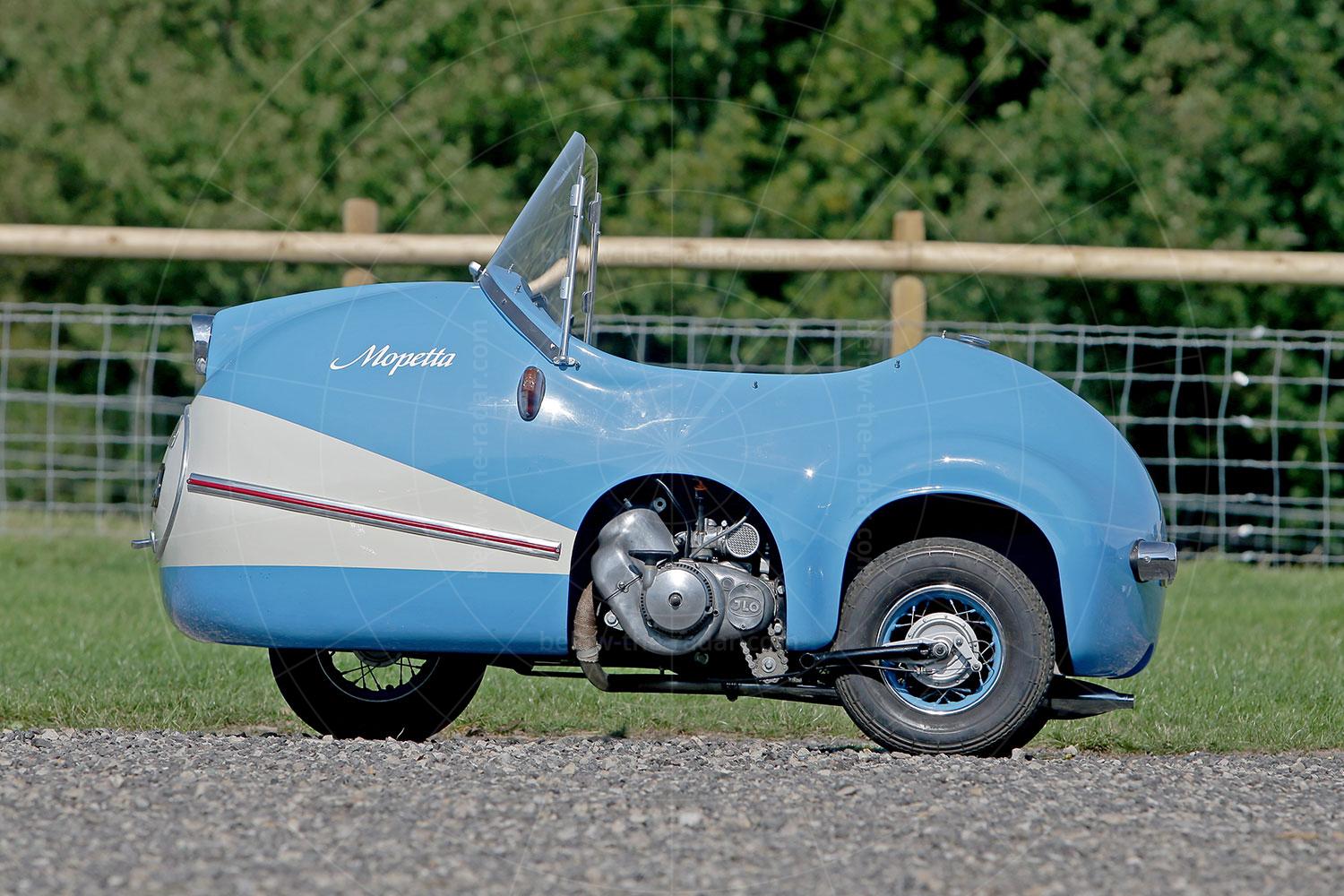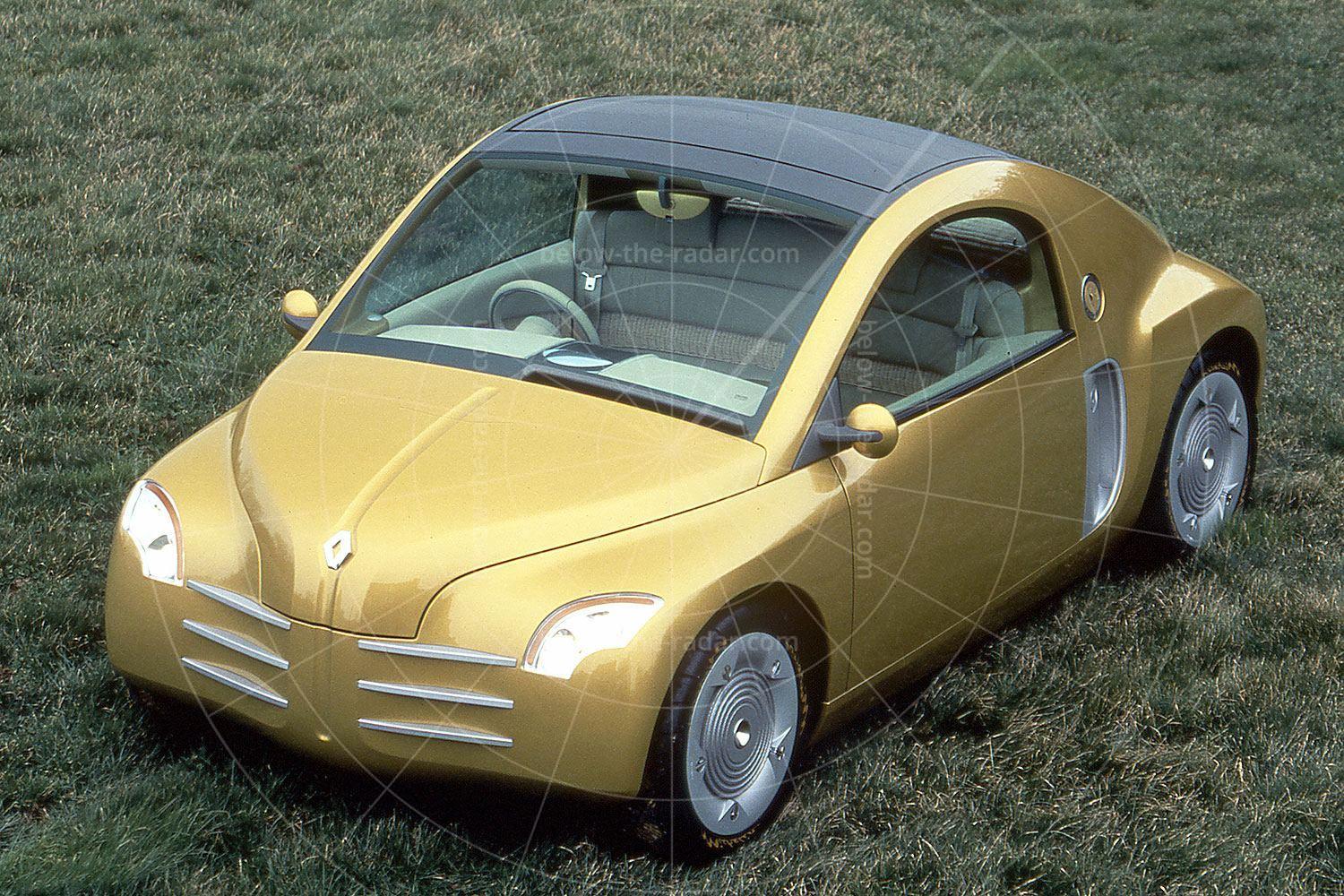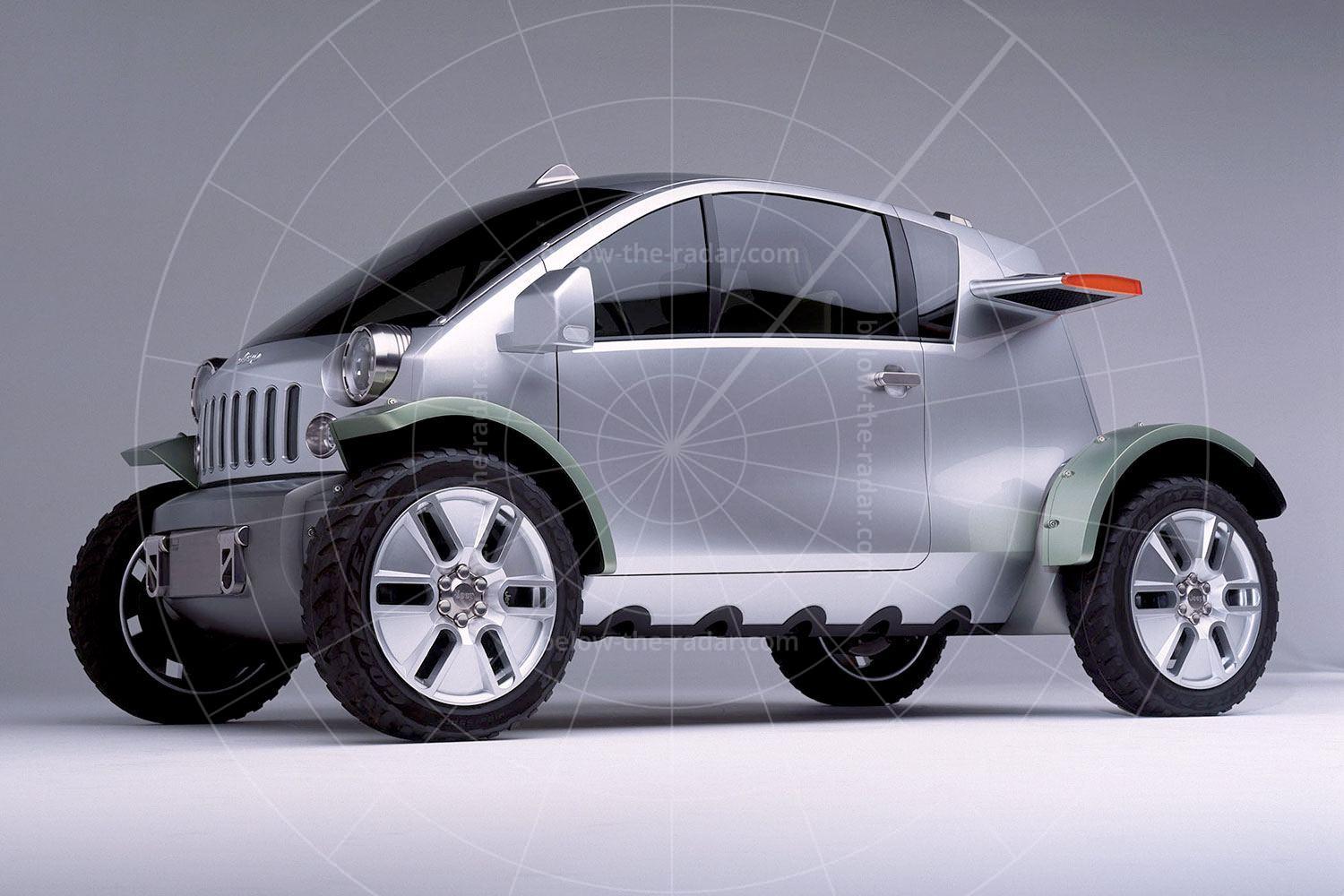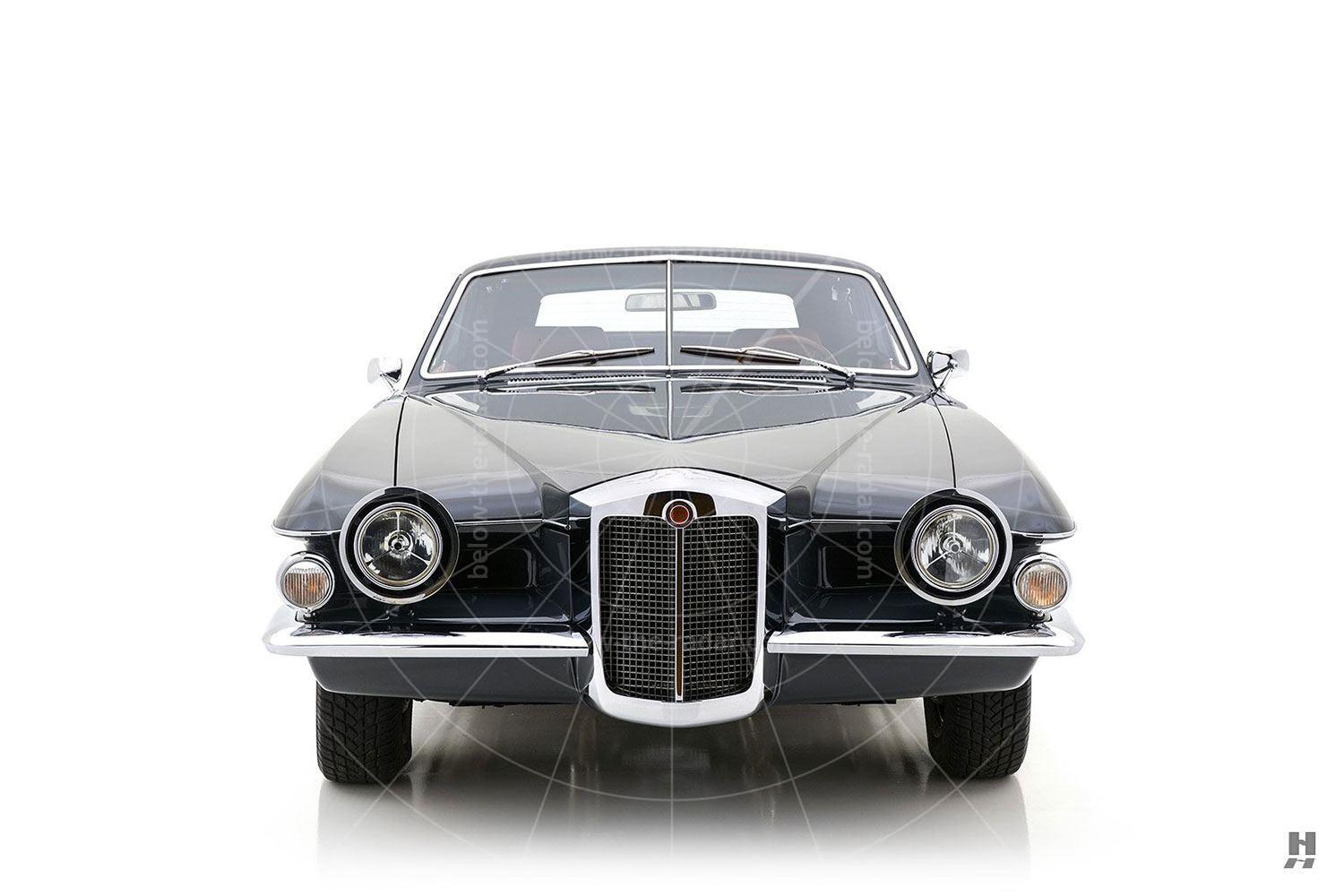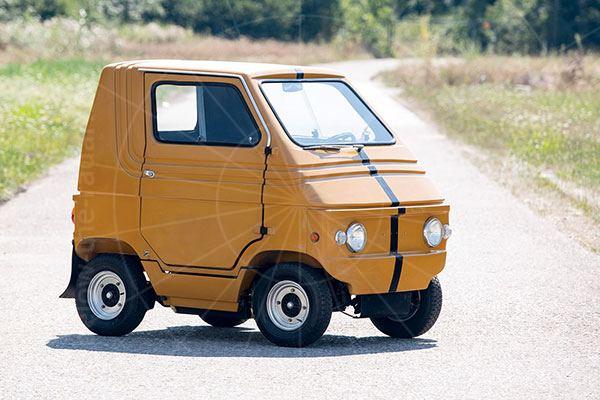If concept cars are about escapism, the Peugeot Hoggar must rate as one of the greatest concepts of all time. Sure it didn’t look that futuristic, but this was one of those cars which fell into the category of not standing even the remotest chance of being built by Peugeot. However, there was nothing so far-reaching about its design, technology or construction that precluded it from being built at all, so what a shame that a more specialist car maker wasn’t prepared to offer the Hoggar as a low-volume special.
The premise of the Hoggar was to offer go-anywhere fun while also retaining a social conscience – if you can successfully claim that any car packing two engines really has a social conscience. However, the fitment of two powerplants was for those scenarios when too much power is not enough; with the throttle pressed to the metal the two engines would each catapult the car forward and keep it accelerating swiftly to its undisclosed top speed. But in normal driving, when relatively little power was required, just one engine would be used. It was in this mode that it could be argued that the Hoggar had some sort of social conscience, although just looking at the thing it’s doubtful that you’d get anyone else to agree.
The Hoggar took its name from a desert in Algeria, so bonus points if you spotted that; few people did. Knowing that, it’s easier to see just where Peugeot was pitching this barking mad 4x4, not that the briefest of glances was likely to leave you in any doubt. Looking like the sort of thing you’d expect to see bouncing over the dunes in some ultra-hot part of the world, the Hoggar was just the sort of thing that Peugeot should have created for an entry into the Paris-Dakar rally. Sadly it never did, but had it done so it would have been just the thing to shake things up.
While the Hoggar didn’t look especially futuristic, some of the technology it incorporated was at that time cutting-edge for production cars. The drivetrain consisted of a pair of Peugeot’s tried-and-tested 2.2-litre HDi turbodiesel engines, one mounted at the front and the other at the back.
At this time diesel engines were gaining in popularity thanks to them being inherently more efficient than equivalent petrol units. Much more refined than they’d ever been before, the torquey nature of a turbodiesel engine was also perfectly suited to a 4x4 like the Hoggar, but until now such powerplants had also been inherently dirtier than an equivalent petrol unit thanks to the particulates produced.
Peugeot was a pioneer in the particulate filter, which cleaned up a diesel-engined car’s exhaust emissions enormously, and it was this technology that the Hoggar showcased. As a result, the Hoggar packed a massive 590lb ft of torque yet its emissions were relatively small, not that any official figure was disclosed.
Each engine had its own six-speed gearbox, but as each one was controlled electronically it wasn’t as though the driver had to wrestle with a pair of gear sticks. The driver could leave the gearboxes to do their own thing by leaving the system in fully automatic mode, or there was a sequential manual option, ratios being selected courtesy of paddle shifts on the steering wheel.
Of course it was the Hoggar's outlandish design that set it apart. Short overhangs had become fashionable around the time the Hoggar was unveiled, but this was a car that took such a look to extremes; the wheels couldn’t have been placed any further apart. Indeed, at the back of the Hoggar the wheels were almost proud of the bodywork, while the only thing ahead of the front wheels was a grille; you’d search in vain for bumpers at either end of the car.
What dominated the Hoggar’s design though was the exposed mechanicals. On show was the front and rear suspension, while the side-exiting exhausts would have been a health and safety nanny’s nightmare. At least the engine wasn’t left exposed, although keeping it on display behind a glass panel would have spiced things up visually even more.
The idea behind the Hoggar’s overall design was that it looked like an animal, ready to pounce. The front wing line flowed right through to the rear haunches of the car, while the slitted headlights were meant to evoke the look of a cat keeping watch. Whether or not this inspiration was obvious is open to debate, but there’s no denying that despite the aggressive, functional look of the Hoggar, it also came across as a surprisingly cohesive design.
| Vital ststistics | |
|---|---|
| Debut | Geneva 2003 |
| Engine | Front and rear-mounted, 2168cc, diesel, 4-cylinder |
| Transmission | 6-speed sequential manual, four-wheel drive |
| Power | 221bhp x2 (442bhp) |
| Torque | 295lb ft x2 (590lb ft) |

